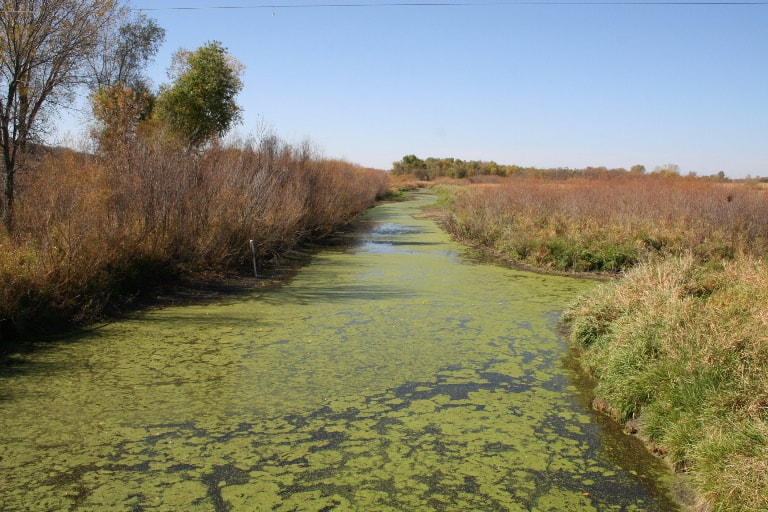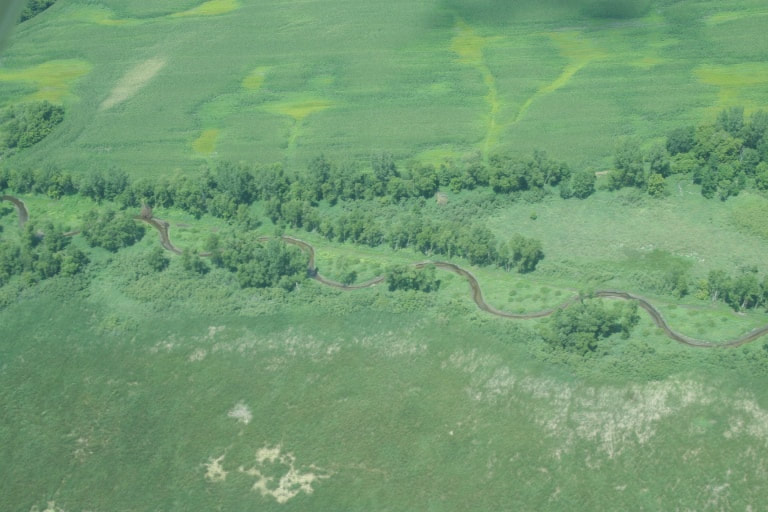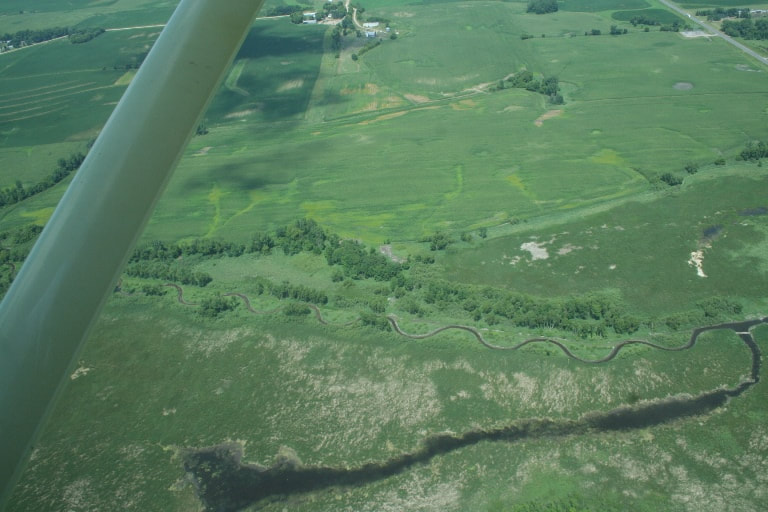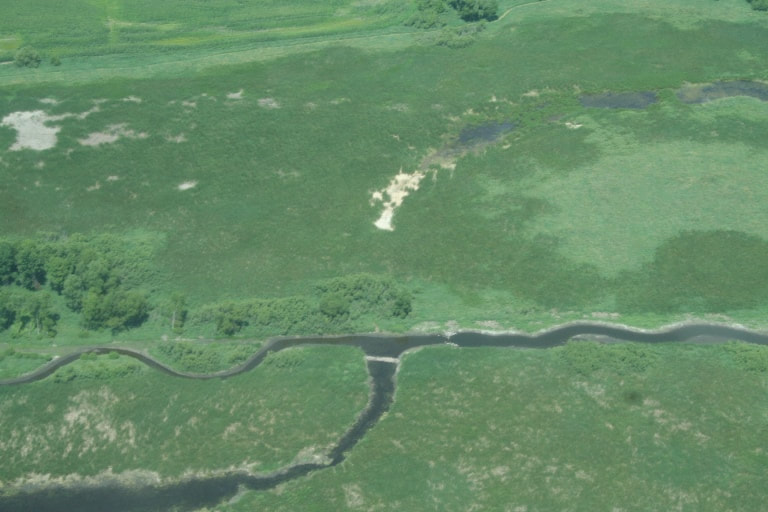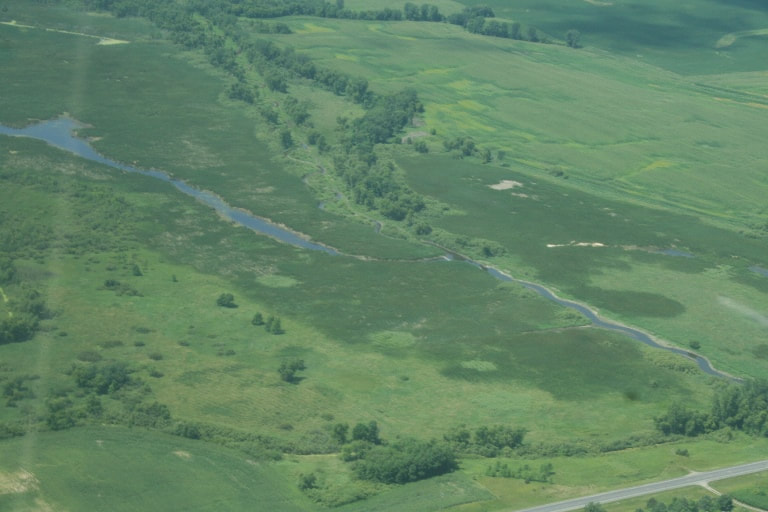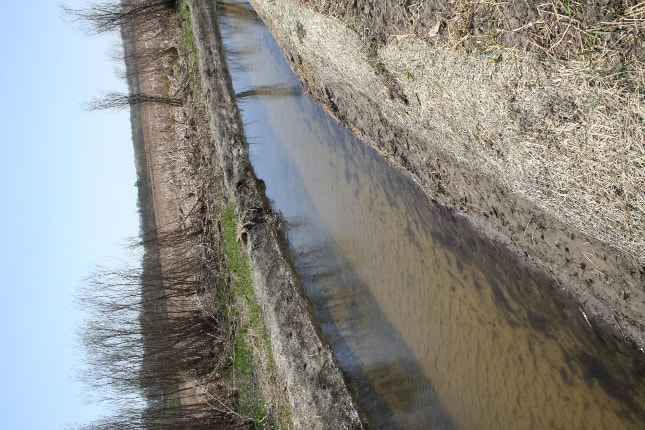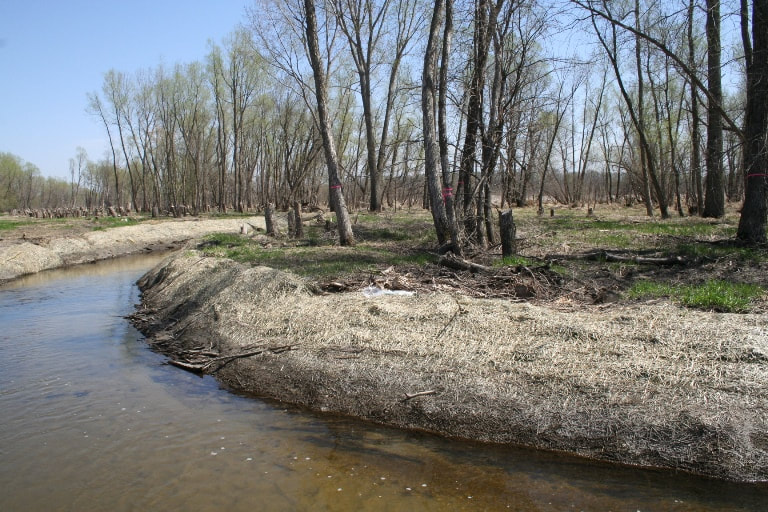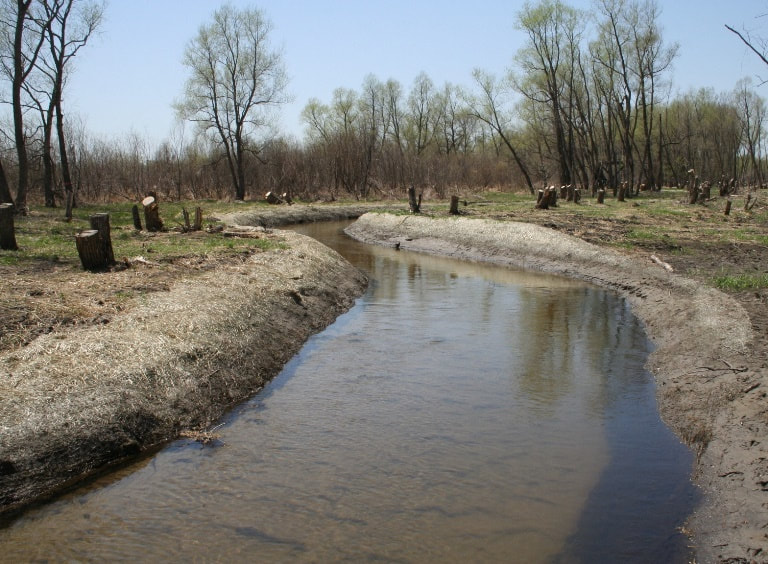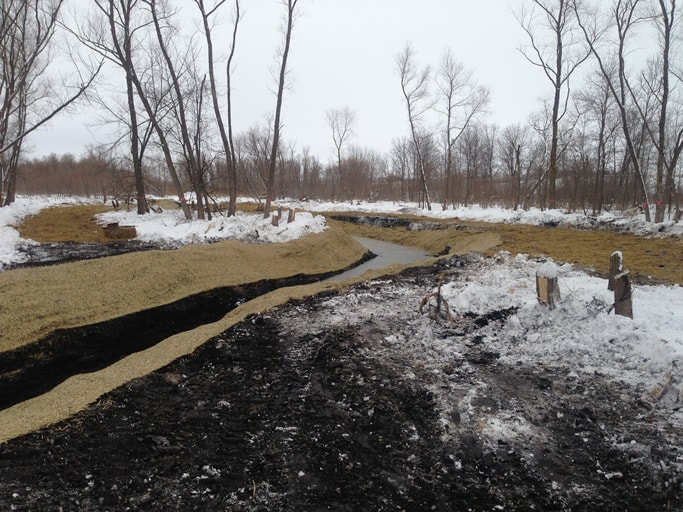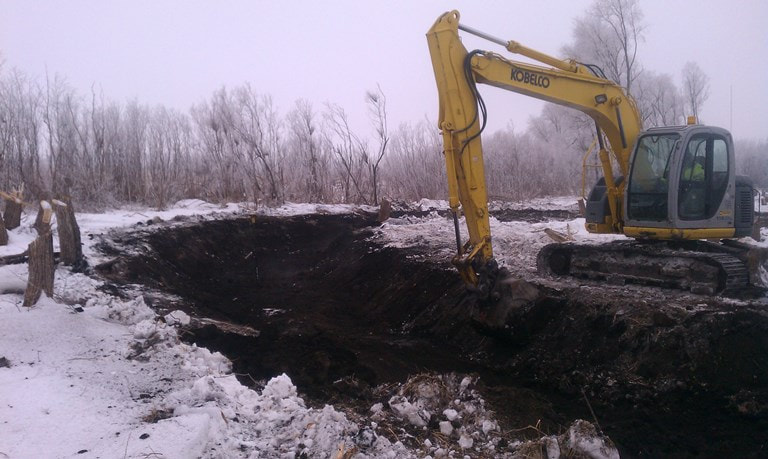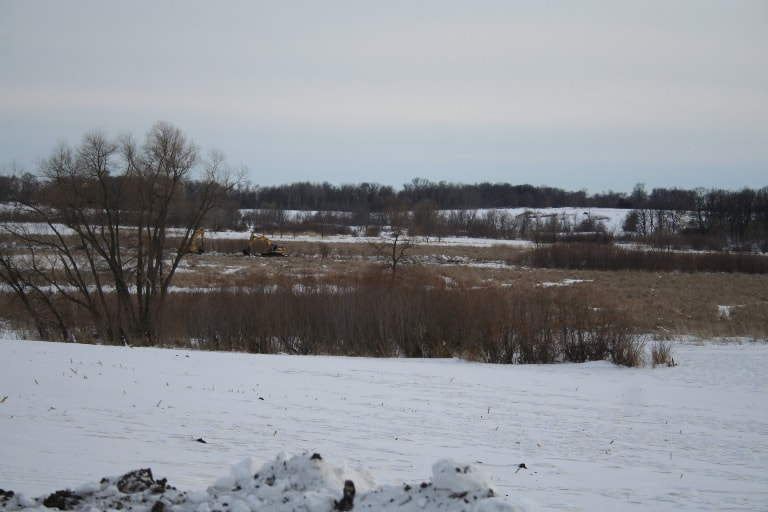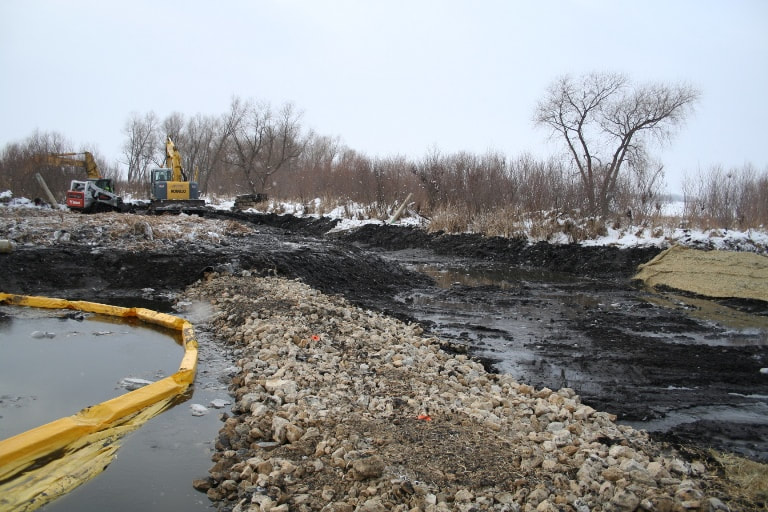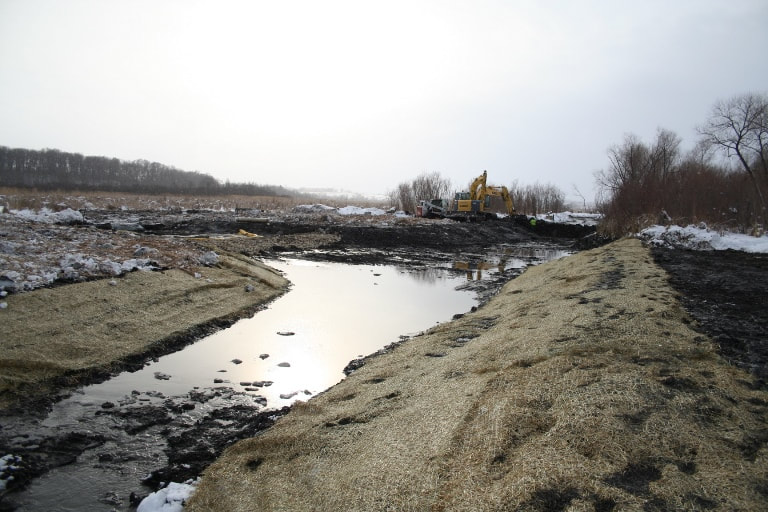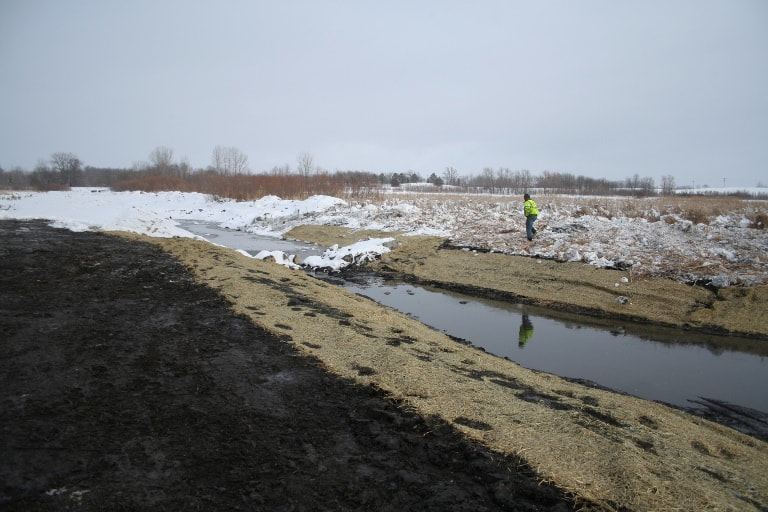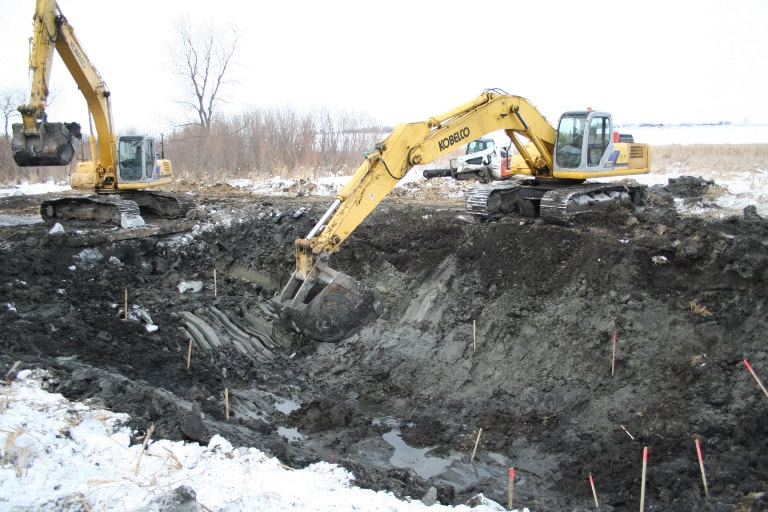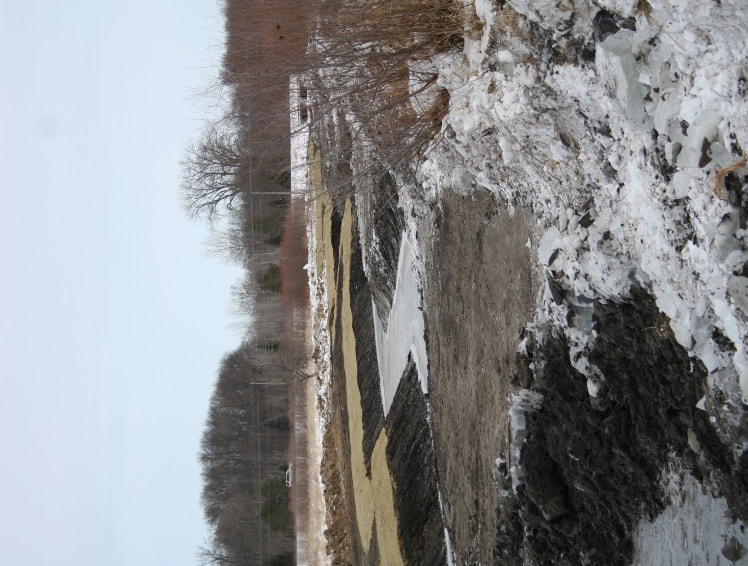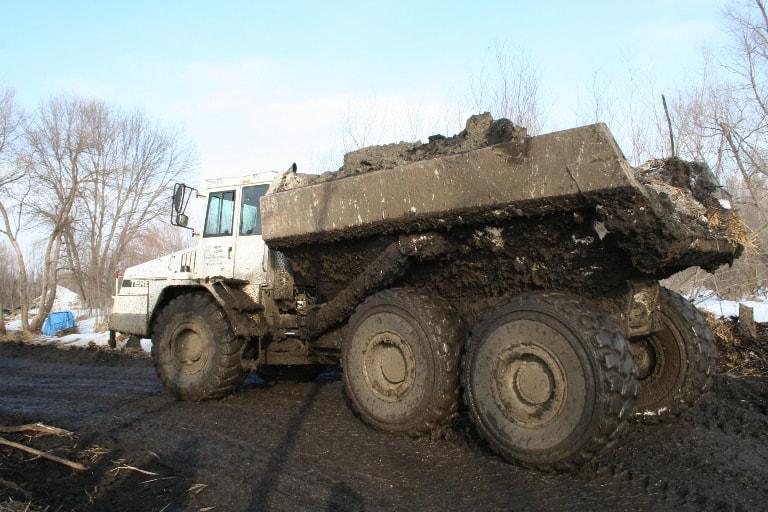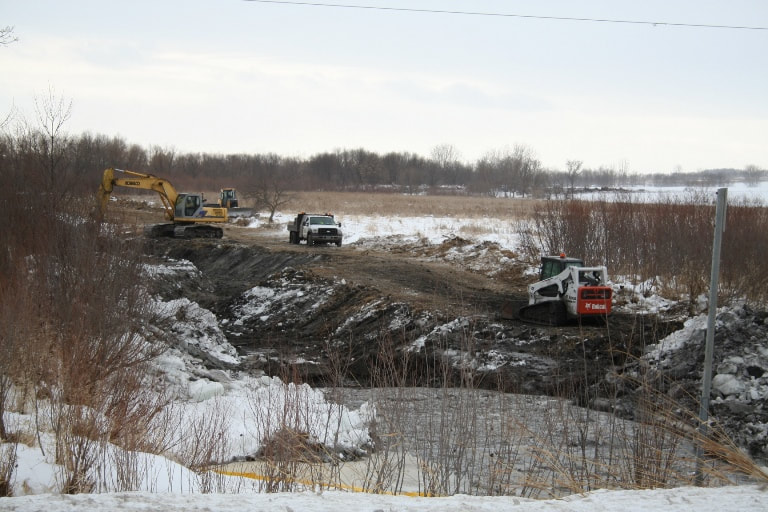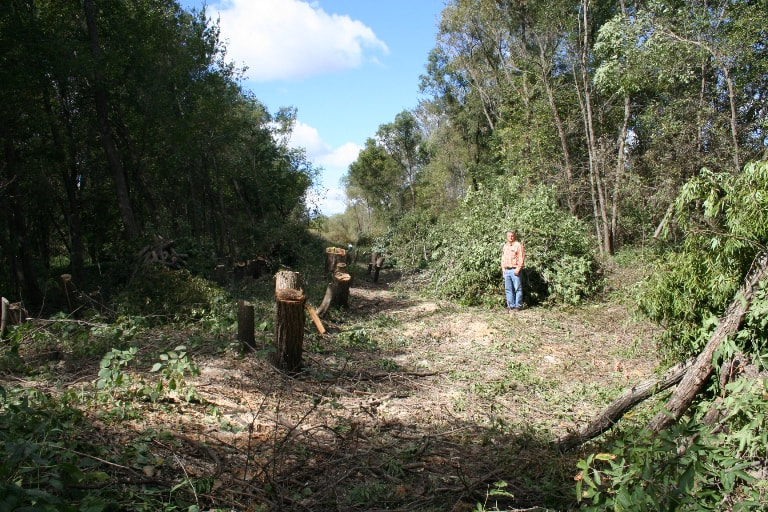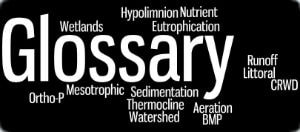|
The Kingston Wetland was constructed back in the mid-1980s to provide treatment of water from the Clearwater River as part of the Clearwater River Chain of Lakes (1980) Restoration Project. As part of the District's TMDL Implementation efforts, the Kingston Wetland Feasibility Study and Restoration Project was designed and implemented to extend the original project's useful life and provide on-going water quality benefits to downstream waters. The restoration project seeks to:
A grant of $404,000 was received for this project from the Minnesota Pollution Control Agency through a Grant from the United States Environmental Protection Agency, Section 319 Nonpoint Source Management Fund. The project was constructed in late winter - early spring of 2013. Major project components include: a restored low-flow meandered channel, a rock riffle pool, and a limestone filter berm. Results of Project:
Press ReleasesFebruary 2013 - Kingston Wetland Restoration Construction has Begun
August 2015 - Kingston Wetland Restoration Leads to Healthier Environment October 17, 2015 - St. Cloud Times News Article on Kingston Wetland Restoration Project October 2015 - St. Cloud Times Video on Kingston Wetland Restoration Project Project DocumentsKingston Wetland Feasibility Study Report {Large file: 9 MB]
Revised Plan for Kingston Wetland Restoration Project Project Manual - Kingston Wetland Restoration Project Addendum #1 to Project Manual - Kingston Wetland Restoration Project Addendum #2 to Project Manual - Kingston Wetland Restoration Project Kingston Wetland Restoration Project Final Report {Large File: 13.6 MB] |
- About
-
Projects
- Carp Management 2023-2024
-
Clearwater River Chain of Lakes (1980) Restoration Project
>
- Annandale Wetland Treatment System
- Kingston Wetland Feasibility Study and Restoration Project
- Lake Augusta Aeration Project
- Lake Augusta Erosion Control Project
- 1980 Monitoring Program
- Non-Point Source Pollution Abatement (TCCP) Project
- Upper Lakes Aeration and Mechanical Fish Removal
- Watkins Wetland Isolation Project
- Watkins Wetland Treatment System
- Replacement Projects for Aerators
-
Total Maximum Daily Load (TMDL) Implementation Projects
>
- Alternative Tile Intake Project
- Clearwater River Channel Stabilization (CCM Riparian) Project
- Clearwater River Restoration & Protection Phase II Project
- City of Kimball Stormwater Treatment Phase II
- Targeted Fertilizer Application Reduction Project
- Watkins Area Stormwater Treatment Project
- Willow Creek (Kimball Phase I) Stormwater Retention / Reuse Project
- Potential Future Implementation Projects
- Bass Lake AIS Management
- Clear Lake North V-Notch Weir
- Clear Lake South Notch Weir
- Clear Lake IESF
- Cedar Albion Swartout Henshaw Project #06-1 >
- Clearwater Lake Milfoil Treatment
- CRWD Bog Control Projects
- Communal Sanitary Sewer Systems >
- Lake Augusta Aquatic Invasive Species (AIS) Project
- Lakes Louisa & Marie Aquatic Invasive Species (AIS) Project
- Norton Avenue Basin
- Ostmark Basin
- Pleasant Lake Outlet Control Structure
- Cedar Lake Aquatic Invasive Species (AIS) Project
- School Section Lake Outlet Control Structure
- Wastewater Treatment Task Force
- Programs
- Resource Library
- How You Can Help
- Contact
|
This page is maintained by CRWD Board Managers.
© Copyright 2020 |
Board Meetings
Third Wednesday of the month at 6pm Special and emergency meetings may be called. Such meetings will be properly notice per MN Statutes. |
Clearwater River Watershed District
93 Oak Avenue South, Suite 5 Annandale, MN 55302 Mailing Address:
3235 Fernbrook Ln N Minneapolis, MN 55447 |
Website created by Skol Marketing

